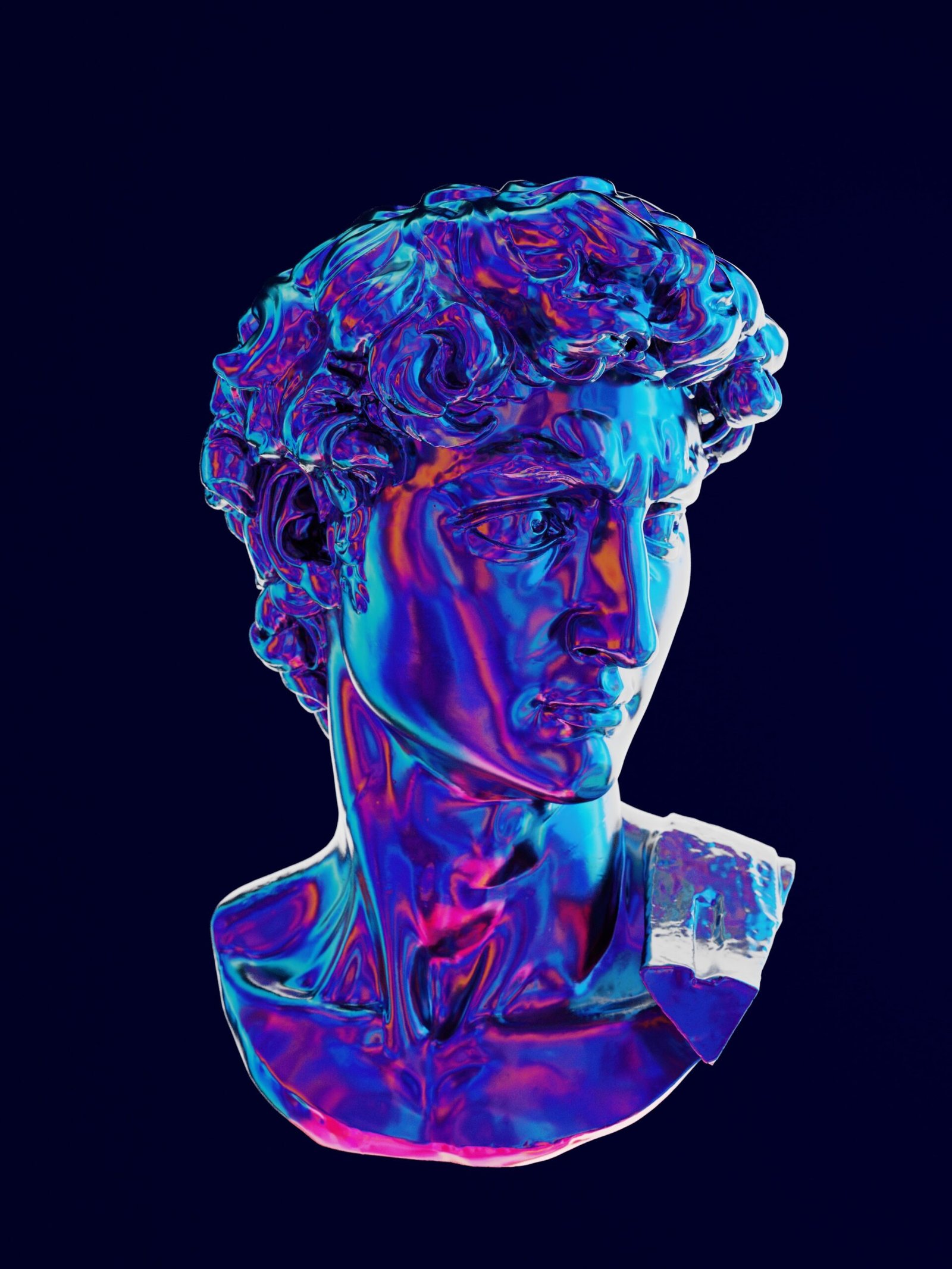Art and culture have always been intertwined with technology, constantly evolving and adapting to the advancements of the digital age. In recent years, technology has had a significant impact on the way we create, consume, and experience art. From digital art forms to virtual reality exhibitions, the possibilities seem endless. In this blog post, we will explore the latest trends and innovations in art and culture that have been shaped by technology.
1. Digital Art
Digital art has emerged as a prominent form of artistic expression in the digital age. Artists are now using various digital tools and software to create stunning and immersive artworks. From digital paintings to interactive installations, digital art offers a new way of experiencing and engaging with art. It allows artists to experiment with different mediums and techniques, pushing the boundaries of traditional art forms.
2. Virtual Reality
Virtual reality (VR) has revolutionized the way we experience art and culture. With VR technology, viewers can immerse themselves in virtual environments and interact with art in ways that were previously unimaginable. Museums and galleries are now offering virtual reality exhibitions, allowing visitors to explore artworks from the comfort of their homes. VR has opened up new possibilities for artists, enabling them to create immersive and interactive experiences that transcend physical limitations.
3. Augmented Reality
Augmented reality (AR) has also made a significant impact on the art and culture scene. AR technology overlays digital content onto the real world, creating a blend of virtual and physical elements. Artists are using AR to create interactive installations and public art projects that transform the way we perceive and interact with our surroundings. AR has the potential to enhance the storytelling aspect of art, bringing artworks to life and creating a more engaging and immersive experience for viewers.
4. Online Art Platforms
The internet has provided artists with a global platform to showcase and sell their work. Online art platforms have emerged as a popular way for artists to reach a wider audience and connect with art enthusiasts from around the world. These platforms offer a convenient and accessible way to discover and purchase art, making it easier for artists to monetize their work. Additionally, online platforms provide a space for artists to collaborate and share ideas, fostering a sense of community within the art world.
5. Social Media and Influencer Culture
Social media has become a powerful tool for artists to promote their work and connect with their audience. Platforms like Instagram and TikTok have given artists a platform to showcase their art, gain recognition, and build a following. Influencer culture has also had an impact on the art world, with influencers collaborating with artists and promoting their work to their followers. Social media has democratized the art world, allowing artists to bypass traditional gatekeepers and directly connect with their audience.
6. Data Visualization
Data visualization is an emerging field that combines art, technology, and data analysis. Artists are using data visualization techniques to create visually stunning and informative artworks that communicate complex information in a digestible way. Data visualization has the potential to bridge the gap between art and science, making data more accessible and engaging for a wider audience. It allows us to see patterns, trends, and connections that may not be apparent in raw data.
In conclusion, technology has had a profound impact on the art and culture scene in the digital age. From digital art forms to virtual reality exhibitions, artists and creators are embracing technology to push the boundaries of traditional art forms. The latest trends and innovations in art and culture are a testament to the ever-evolving relationship between technology and creativity. As technology continues to advance, we can only imagine what the future holds for art and culture in the digital age.



































